In the context of the global crisis caused by the pandemic, the external economic situation remains unstable. The economies of neighboring countries continue affecting negatively by the pandemic. Thus, Kazakhstan's GDP in the first quarter decreased by 1.6% compared to the same period last year. The recession in the economy of Kyrgyzstan continues - GDP decreased by 9.4%. Russia's GDP was expected to decline approximately at the level of the fourth quarter of 2020 - 1.8%.
Inflation
In Uzbekistan, inflation rates continue to slow down, the rise in prices in the first quarter amounted to 2.5%, while in the same period of 2020 - 2.8%. As before, the main driver of inflation is the rise in prices for food products - they increased by 3.1% as opposed to December 2020, however, with a slowdown in comparison with the same period last year (in the first 3 months of 2020 by 4.3%). The growth in prices for non-food products remained at the level of 1.7%, but prices for services grew at a faster pace than in the same period last year - by 2.7% in the first three months of this year against 1.5% in the same period last year.
Investments
Investments continue to decline due to the pandemic, but the rate of decline has slowed significantly: from 11.2% in the first quarter of 2020 to 3.5% in the current one. It should be noted that mainly centralized investments are being reduced. In particular, investments from the budget decreased by 5.2%. The largest decline is observed in investments due to loans secured by the government - by 66.5% and their share in the total volume of investments decreased from 18% in the first quarter of 2020 to 6.2% over the period under review. In contrast, decentralized investment showed significant growth of 13.6%. Foreign direct investment and loans increased by 30.6%, investments at the expense of the population - by 20%, enterprises - by 6.3%. Changes in the structure of investments and their decline are caused both by the crisis due to the pandemic, which forces budget funds to be redistributed for non-investment expenditures and by structural changes and restrictions on attracting foreign loans under government guarantees.
Economy
All sectors of the economy showed growth in production. The output of agriculture, forestry and fisheries in the first three months increased by 3.1% with a slight slowdown relative to growth in the first quarter of 2020 (3.9%). In the industrial sector, there is an acceleration in the growth of output to 3.8% against 1.9% in the same period of the previous year. The main factors are the decline in the mining industry from 13.3% to 0.1%, an increase in output in the manufacturing industry by 4.6%, an acceleration in production in the sector of electricity, gas, steam and air conditioning from 7.9 % in the first quarter of 2020 to 10.1% in the current one.
During the period, the construction sector added insignificantly by 0.5%. The service sector increased by 5.8%. In the transport sector, there is an acceleration in the growth of freight turnover up to 2.8%, at the same time, passenger turnover has slightly decreased - by 3.8%. Retail trade in the first three months grew by 2.8% with a slight slowdown compared to the same period last year (3.8%).
Foreign trade
Foreign trade continues to be seriously affected by the current crisis. The volume of foreign trade turnover in the first quarter decreased by 11.6% to $7.1 billion. Imports decreased by 1.3% to $4.7billion.
The main decline is noted in exports by 26.5% to $2.4billion. However, it should be noted that in the first quarter of last year, gold was sold for $1billion, which accounted for almost 30% of the export structure, and the volume exports without gold amounted to $2.4billion. Thus, the export of goods and services, excluding gold, increased by 6% in the first quarter.
Exports
In the structure of exports, there is an increase in the supply of food products abroad by 18.4%, chemical products by 21%, non-ferrous metals - by 58%, machinery and equipment by 58%, textiles and textile products by 37.8%. At the same time, there is a decline in the export of energy carriers and petroleum products by 53.1%, ferrous metals and products from them by 22.7%, services by 25.7%.
Imports
In the structure of imports, purchases from foreign countries of food products increased by 48.4%, chemical products by 13.3%, ferrous metals and products by 13.3%. Meanwhile, imports of machinery and equipment decreased by 16.1%, energy carriers and oil products by 2.2% and services by 20.4%.
Thus, according to the results of the first quarter, the economic development of Uzbekistan continued to experience the impact of the global crisis, which is reflected in the slowdown of the economy compared to the first quarter of last year. In general, the economy of Uzbekistan is actively seeking to return to the pre-crisis dynamics.

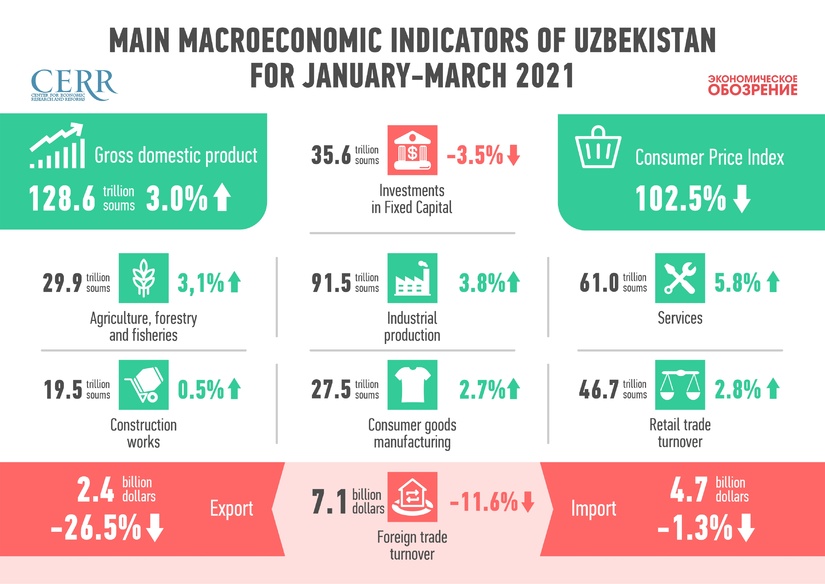
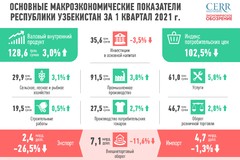
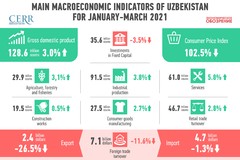
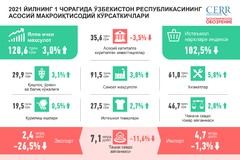

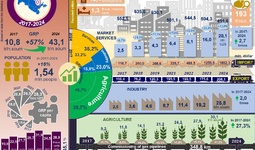
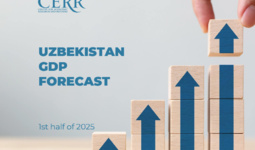
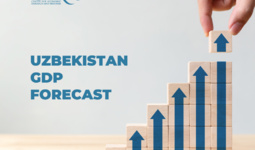
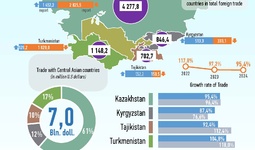
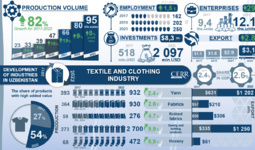













leave a comment